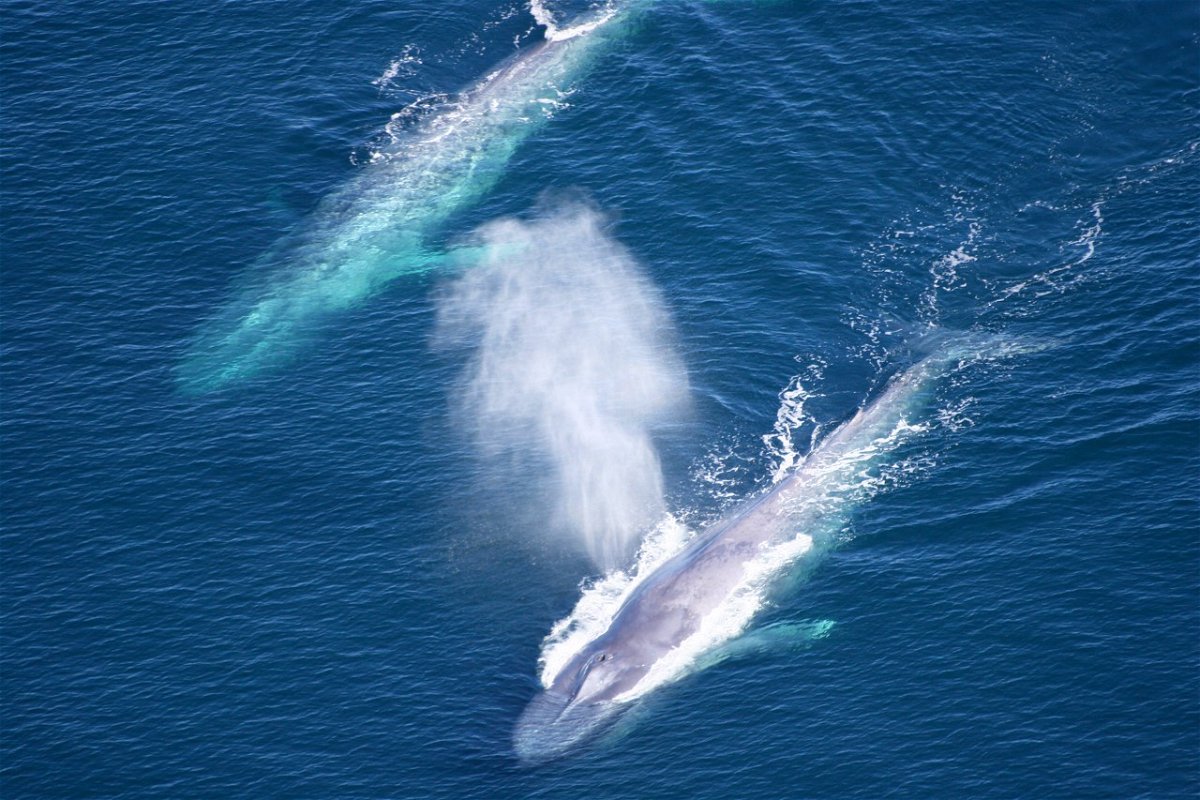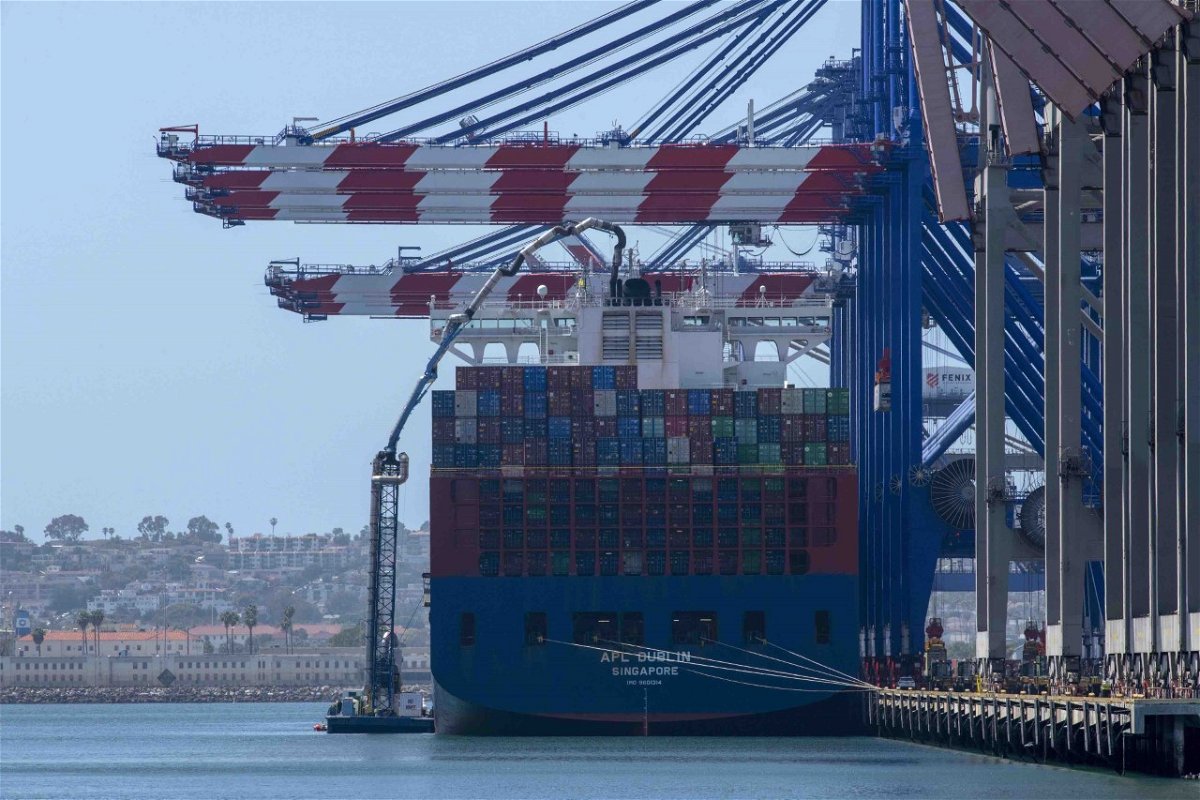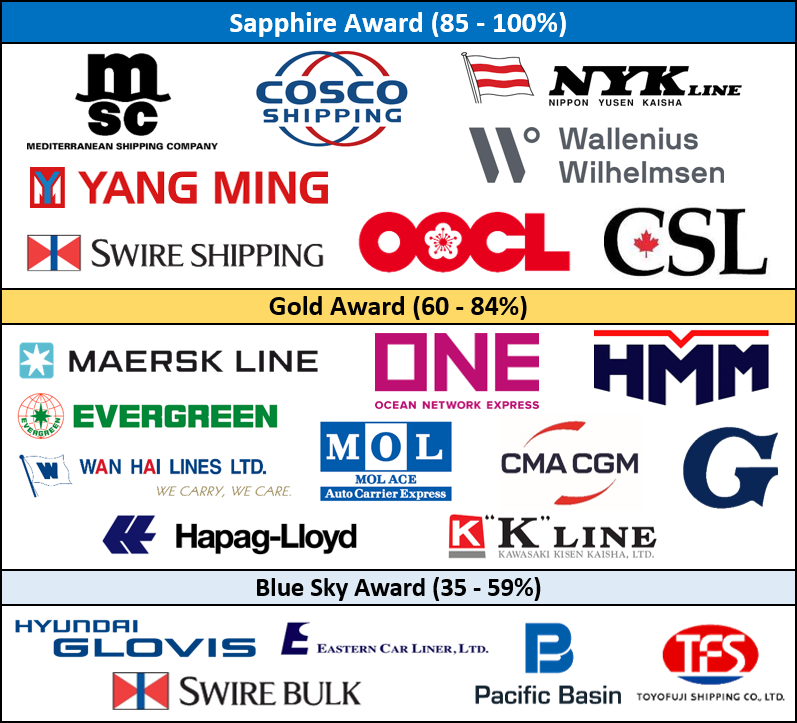Blue Whales and Blue Skies program has largest number of participating companies ever in 2022

SANTA BARBARA COUNTY, Calif. – A total of 23 shipping companies participated in the Protecting Blue Whales and Blue Skies vessel speed reduction program in 2022.
This increase in the voluntary incentive-based program, up from 18 companies in 2021, was also the largest number of participating companies since the program began.
Companies are recognized in a tiered system for transiting the San Francisco Bay area and Southern California region under ten knots or less.
Recognition and financial incentives are determined by the percentage traveled at reduced speeds through the Vessel Speed Reduction zones using each vessels automatic identification system transponders.
The ten knots target and the May 1 to Dec. 15 timeframe were determined by both the risk of ship strikes on migrating whales and months of peak air pollution according to the National Oceanic and Atmospheric Administration (NOAA), the U. S. Coast Guard, and the U. S. Environmental Protection Agency recommendations for vessels 300 gross tons or larger.
The NOAA notes that ship strikes are a major threat to whales globally and especially to the recovery of endangered blue, fin, and humpback whales off the California coast.
The ten-knot target speed allows large vessels to operate at an efficient operating load using less fuel and producing less pollution details the Santa Barbara County Air Pollution Control District.

Ocean-going vessels generate a wide variety of pollution including: nitrogen oxides(NOx, a precursor to smog), sulfur oxides(SOx), particulate pollution, greenhouse gasses(GHG's), and noise pollution.
Highlights of the expanded program include:
- Eight participating companies reached the Sapphire level, the most in the top category since the program began seven years ago (see image below of companies in each category)
- 14 companies declined all or part of their financial incentive payments. Those funds will be used for additional public recognition efforts and reinvested in the program
- Of the 344,000 nautical miles of ocean transited by all the ships in the 2022 program, nearly 270,000 nautical miles were at 10 knots or less, which is equivalent to traversing the circumference of the Earth more than 10 times
- Shipping companies that participated in the 2022 program reduced their air pollutant emissions by approximately 920 tons of NOx and 32,000 metric tons of regional GHGs. These numbers represent a 27% reduction in NOx and GHG pollution from the ships that participated in the program, as compared to baseline conditions. For comparison, the NOx reductions are equivalent to converting 580,000 passenger vehicles to zero emissions for a single year
- The transits of vessels participating in the VSR program posed approximately 44% less strike mortality risk to whales than if those vessels did not slow in cooperation with the program
- Ships in the Sapphire, Gold, and Blue Sky award tiers had sound levels that were 4.6 dB per transit lower when compared to 2021 baseline source levels. A critical aspect of protecting marine mammals that depend on sound-based communication

